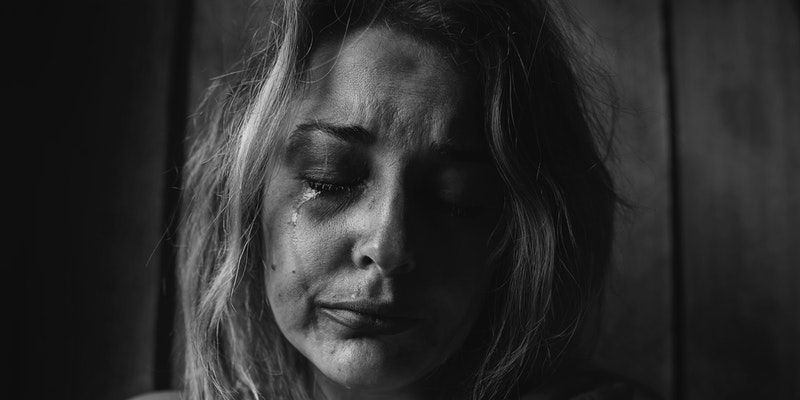Trafficking has devastating physical and emotional effects on individuals, families, and communities. The majority of victims are women and children who are forced or coerced into the commercial sex trade or labor industries against their will by traffickers– a term used to describe those who recruit, harbor, transport, sell, and/or exploit victims of trafficking. If you think someone might be being trafficked, several red flags indicate you may be right.
Victims of human trafficking aren’t always easy to identify. However, if something about a situation appears dangerous or the person in question looks confused, disoriented, or nervous, these are signs that they are in danger. Read on for four indications that someone might be being trafficked.
1. Is there excessive control?
According to experts in human trafficking awareness, a typical trafficking relationship involves a power dynamic that is skewed toward one person controlling another. Not only does there need to be some sort of major imbalance of power, but for someone to be groomed for trafficking, that person has to have lost control. That loss of control can come from many different places and look very different depending on the individual.
For example, you may notice a woman has gone from driving her car to being driven by her boyfriend. Or maybe she isn’t allowed contact with friends or family anymore. This type of isolation is a big red flag for trafficking because when a trafficker knows they have gained control over their victim, the victim is less likely to reach out for help.
2. Has the person been moved across borders?
Just because a person is from another country, it doesn’t mean they have been trafficked. However, if an individual has moved from one location to another, or has changed locations frequently (but never their place of residence), that could be a warning sign that they are being trafficked. It’s important to pay attention to how often someone moves, and whether those moves make sense for them in terms of employment or schooling.
If a person appears to be moving around just for convenience (like frequent domestic travel in which they go back and forth between two local cities), then consider why that might be so. Are they not allowed by their boss or school to stay in one place? If there are no clear answers to this frequent relocation, consider the fact that they may be being trafficked.
3. Does this person appear unwell?
It may be hard to tell if someone is sick or just not eating well. However, it’s important to take note of any drastic changes in health and hygiene that you observe. Victims of human trafficking are often forced to ingest drugs without their knowledge and suffer from several physical symptoms as a result. Additionally, victims will often go days (sometimes weeks) without bathing or changing clothes. Because of these factors, you must pay close attention to such details. If there are sudden changes in someone’s appearance or habits—take note! A person should never appear disheveled and unwell…but if they do—it could be an indicator that something more sinister is going on behind closed doors.
4. Is there evidence of physical abuse?
Any form of physical abuse—be it bruises, burn marks, scars, or anything else—is a red flag. In some cases, victims have even returned to their abusers because they feel so traumatized by what has happened to them. If you know someone who may be being physically abused in any way, approach him or her privately and let him or her know that you are there to help if needed.
While it may seem like common sense that physical abuse is an indicator of trafficking, it’s also important to look for other signs. Has a person’s appearance drastically changed? Does he or she seem malnourished? Are there fresh bruises or scratches that don’t appear to be from an accident? If the answer to any of these questions is yes, proceed with caution and contact the authorities or a hotline that helps victims of human trafficking and domestic violence.
Trafficking and exploitation are some of the world’s biggest problems that affect millions of people around the globe every day. While this issue is a challenging one, there are plenty of signs to look out for that may indicate someone you know or care about is being trafficked. Keep this information in mind to help fight against this terrible crime.















